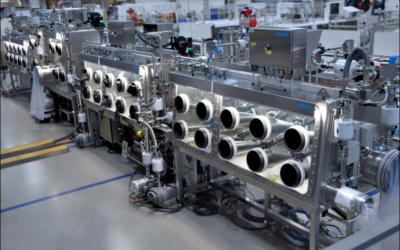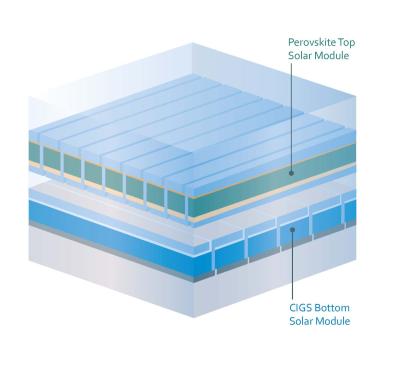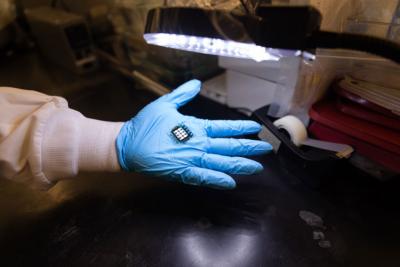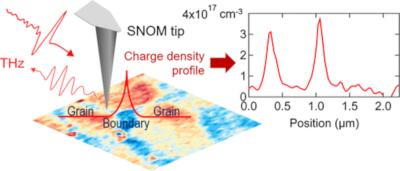Researchers develop unique perovskite solar cells for harvesting energy from artificial indoor LED light sources
Researchers at the Indian Institute of Technology Mandi, National Institute of Solar Energy (NISE) and University of North Texas have reported perovskite-based solar technology that can generate power when irradiated with light produced in household light sources like LED or CFL.
The results of this research could support IoT technology, which is being increasingly used in mobile phones, smart homes, and other applications that require various kinds of real-time data. These IoT devices are required to run independently without relying on electrical grids for power supply; primary and secondary batteries are currently used to power such devices. All batteries, irrespective of their kind, have a finite lifespan and are neither cost-effective nor eco-friendly.




